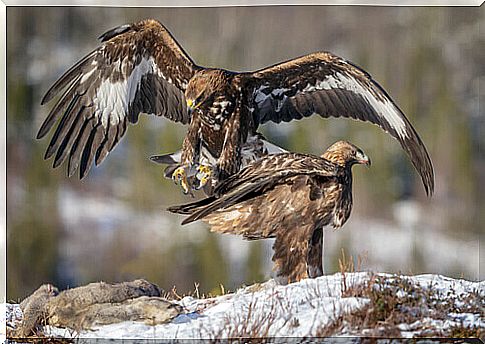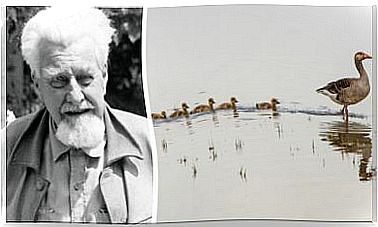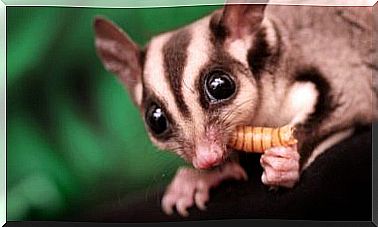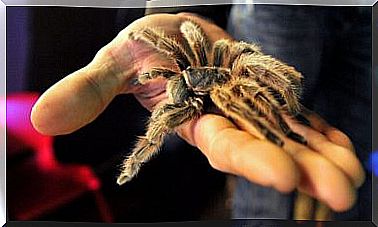The Conservation Of The Spanish Eagles

Why is the conservation of eagles so important in Spain? Both the Bonelli’s Eagle and the Golden Eagle respond to the image we have of the great eagles. Inhabitants of the mountains and cliffs in their wildest areas, elegant and majestic in their flight, hunters that catch their prey between their powerful claws, are a symbol of our fauna.
But ignorance and ignorance helped to consider them enemies and competitors of the human being, with the consequent desire of their extermination. That is why today its conservation is so important.
Conservation of Spanish eagles
The increasing knowledge of wildlife has contributed to raising awareness of the need to preserve the natural heritage. Thus, we have left behind the years in which Spain rewarded the death of raptors.
The extermination attempts were unsuccessful and our country still has the largest European population of Bonelli’s eagle and golden eagle. Despite everything, the battle is still far from being won. Approximately 80% of the specimens born of both species do not reach reproductive age, to which is added the high percentage of deaths of adult individuals each year.
Generalities of both species
The royal eagle
It is known by its scientific name as Aquila chrysaetos. It is one of our largest raptors and, without a doubt, one of the most extraordinary birds that fly over the Spanish skies.

Population and distribution
The Spanish golden eagle population is the largest in Western Europe. But it suffers a worrying decrease and an irregular distribution throughout the peninsular geography. There are around 1200 breeding pairs left in our country, out of the 5000 European pairs.
In the Iberian Peninsula, its territory is in the most mountainous and less humanized areas. Perched on a rock or on the branch of a tree, they spend most of the day inactive, while guarding their domain.
Feeding
It is varied, although it is based on 70 to 90% of small mammals, especially rabbits and hares, but also reptiles and small birds. They also do not disdain dead animals and it is not uncommon to see them fly over carrion while driving away vultures.
But if the ecological function of the golden eagle stands out in something, it is as a super predator: it captures foxes, marten, genets or wildcats. This helps control their populations and also limits the spread of disease by hunting sick or injured prey.
Bonelli’s Eagle
Known by its scientific name Aquila fasciata , it is a medium-sized bird, characteristic of mountain systems. Its wingspan is about 170 centimeters, and it can weigh up to 2.5 kilos, especially in the case of females.

Distribution
In Europe there are approximately 900 pairs and the most important reproductive nucleus is in our country, with about 750 pairs. Most of them are found in the Subbetic, Penibetic, Iberian and Sierra Morena mountain ranges.
It is a sedentary raptor that installs its nests in mountainous areas of low altitude. It is aggressive and requires large territorial domains, so it drives large vultures out of them when they invade them.
Feeding
The Bonelli’s eagle is an eminently hunting bird with no known scavenging habits. Prey that do not exceed six kilos are part of their diet, especially rabbits, pigeons, partridges, corvids and large reptiles.
Conservation of Spanish eagles
Problematic
Its biggest problems are:
- The alteration of the habitat by the hand of man.
- The increase in mortality from electrocution, shooting, poisons or looting.
- The decrease in food resources as a result of the decline in rabbit populations.
- The impact of certain human activities in the open air, such as climbing.
What is the solution?
- Guarantee tranquility in the breeding areas during the reproductive season.
- Reduce unnatural mortality.
- Guarantee optimal populations of natural prey.









